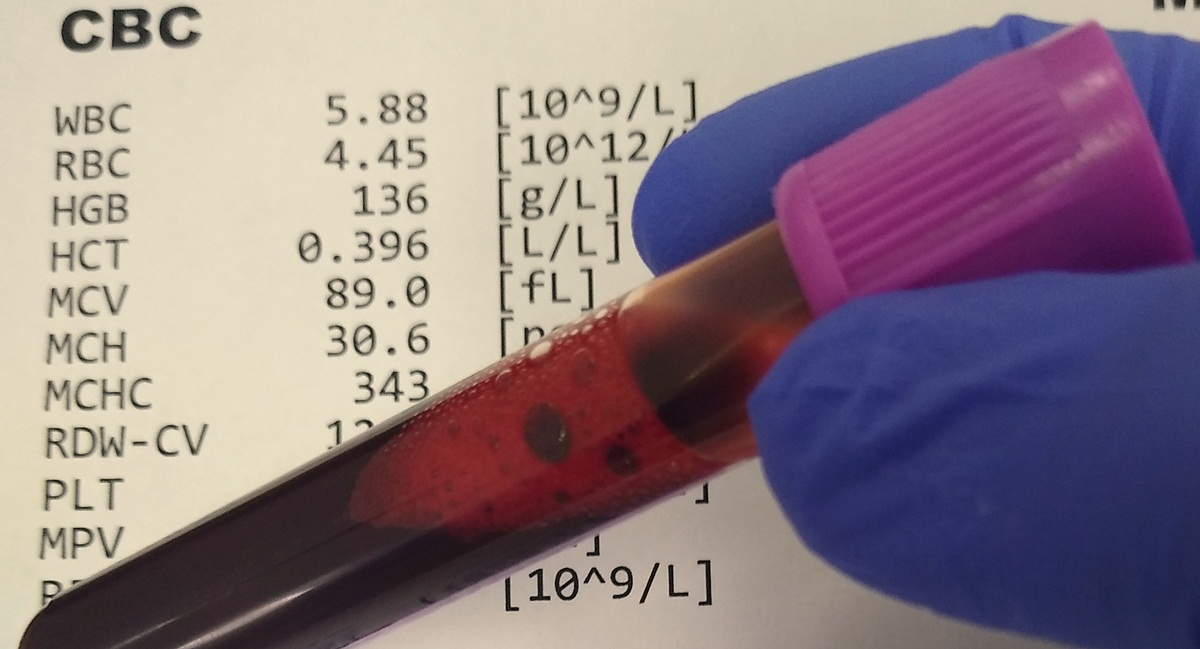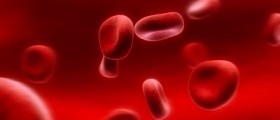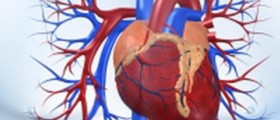What is High Platelet Count?
High platelet count is the condition in which the level of platelets in the body is significantly higher than normal. Since platelets are also called thrombocytes, medical term for this condition is thrombocytosis. However, in order to understand better what kind of a condition this actually is, it may be helpful to know that platelets or thrombocytes are the cells that are located in the blood and that bone marrow produces them with the purpose of releasing the hormones without which the blood cannot coagulate. This way, unnecessary or excessive blood loss is prevented.
Photo by SpicyMilkBoy via Wikimedia CommonsPeople who suffer from this disease are at higher risk of having problems with blood clots, and it is well known that they may be life-threatening in some cases, or even lead to fatal consequences. However, once diagnosed with thrombocytosis, the person will be suggested with the appropriate treatment, and the treatment will also depend on the cause. It means that in the cases of reactive thrombocytosis, the process of the treatment will be focused on the treatment of the underlying condition. On the other side, it is not at all uncommon that no treatment is necessary because the condition is only temporary and will go away on its own after some time.
The Possible Causes of High Platelet Count
When it comes to the causes of high platelet count, in some cases it can be some underlying condition, such as inflammation, infection, surgery or injury, or, in the worst cases, this condition can be caused by some disease of the blood or bone marrow, such as anemia or cancer. According to this, the division into reactive (or secondary) and autonomous (also essential, or primary) thrombocytosis has been made.
- The researchers found that 1,098 out of 9,435 males with thrombocytosis were diagnosed with cancer within the time frame.
- When they focused on female patients they found 1,355 out of a total of 21,826 with thrombocytosis developed cancer, compared with 119 of 5,370 females without a high platelet count.
- The cancer risk increased to 18.1% for males and 10.1% for females, when a second raised platelet count was recorded within six months.
- The incidence of cancer rose with age and with a higher platelet count; at least a third of patients with lung and colorectal cancer who had pre-diagnosis thrombocytosis had no other symptoms which would indicate malignancy.
Besides the mentioned causes, conditions such as Kawasaki disease, osteosarcoma, rheumatoid arthritis, nephrotic syndrome, inflammatory bowel disease, soft tissue sarcoma, or even overuse of medications that are prescribed in the treatment of thrombocytopenia may lead to thrombocytosis.
The symptoms depend on the type of the disease, because the first, reactive type tends to cause no symptoms at all. In rare cases, headaches, pain in the chest, weakness and dizziness, temporary changes in vision or tingling sensation in hands and feet may appear, while it is much more typical of this type to cause the symptoms of the condition that actually provoked it. This is why, the disease cannot be discovered easily, and in most cases it is done through the routine blood tests.


















Your thoughts on this
Loading...